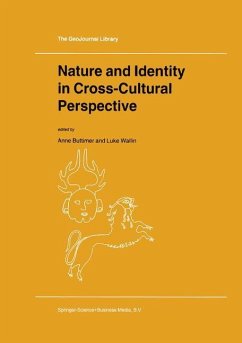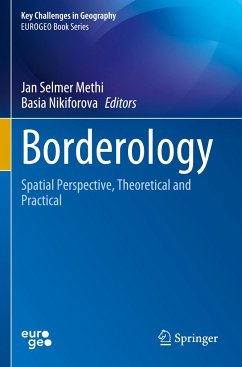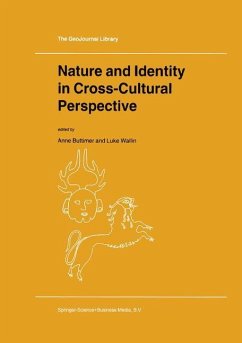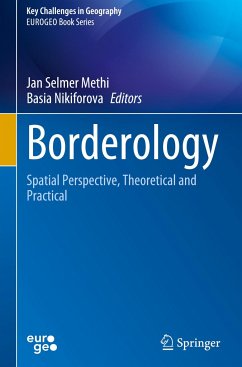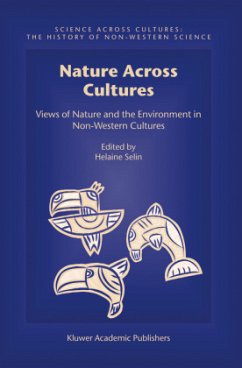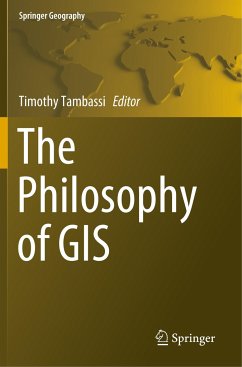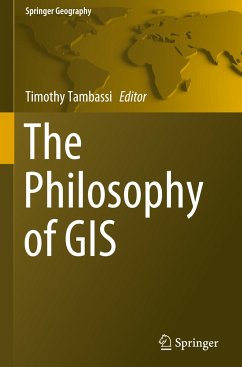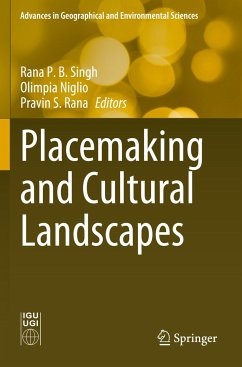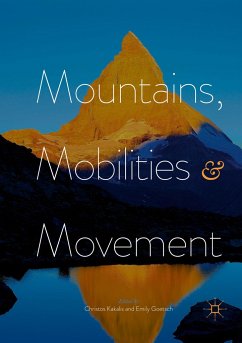
Mountains, Mobilities and Movement
Versandkostenfrei!
Versandfertig in 6-10 Tagen
61,99 €
inkl. MwSt.

PAYBACK Punkte
31 °P sammeln!
This book explores the moving qualities of mountains by utilising theories, ideas and processes which contribute to a larger understanding of these geological forms. In highlighting the fluid attributes of mountains the authors offer an alternative to the traditional approach of the sciences and the humanities, which address mountains as static geological or geographical features. The essays in this collection posit that movement impacts the relationship between society and mountains - travelling landscape objects, constructing design and artistic translations, climbing and experiencing changi...
This book explores the moving qualities of mountains by utilising theories, ideas and processes which contribute to a larger understanding of these geological forms. In highlighting the fluid attributes of mountains the authors offer an alternative to the traditional approach of the sciences and the humanities, which address mountains as static geological or geographical features. The essays in this collection posit that movement impacts the relationship between society and mountains - travelling landscape objects, constructing design and artistic translations, climbing and experiencing changing atmospheres and the different ways of seeing from mountain peaks - and that physical, intellectual and spiritual motion is integral to their understanding. This innovative collection will be of great interest to scholars of geography, art, architecture, history, theology and philosophy.



